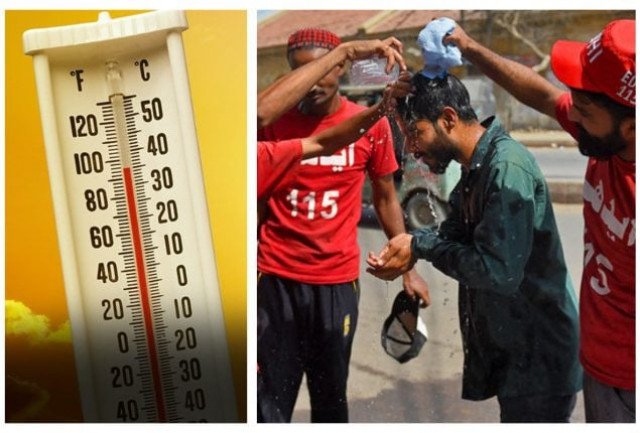Pakistan heatwave: Tips on what to wear this summer to stay healthy
Nights are also expected to remain unseasonably warm, adding to public discomfort.

As extreme heatwave conditions continue to intensify across Pakistan, health professionals and experts have urged citizens to adopt heat-conscious clothing practices to protect themselves from soaring temperatures expected to persist throughout the week.
The Pakistan Meteorological Department (PMD) has forecast that daytime temperatures in parts of the country could rise to between 46°C and 48°C due to a high-pressure system developing over the upper atmosphere.
These elevated temperatures are expected to affect southern Punjab, Sindh, and Balochistan from 13th to 18th April, with highs of 46°C in Dadu, 45°C in Nawabshah, and 43°C in Hyderabad and Sukkur.
Karachi is also forecast to experience hot and humid weather, with daytime temperatures around 36°C. Central Punjab cities including Multan, D.G. Khan, and Sargodha are expected to record temperatures around 40°C, while Lahore is predicted to reach 37°C.
Northern regions, including Islamabad, Khyber Pakhtunkhwa, Kashmir and Gilgit-Baltistan, may experience temperatures 4°C to 6°C above normal.
In light of the extreme weather conditions, experts are recommending breathable and light-coloured fabrics such as cotton and linen as the most suitable clothing to help manage heat stress.
For men, loose-fitting cotton shirts in pale colours such as white, beige and pastels are suggested to reflect sunlight and improve air circulation.
Polo shirts paired with linen trousers or lightweight chinos are recommended for those seeking both comfort and a more polished look. Heavier fabrics such as denim should be avoided, as they trap heat and reduce ventilation.
Women were advised to continue wearing traditional lawn fabric—a lightweight cotton material widely used in Pakistan’s summer clothing.
Flowing dresses, palazzo trousers, and airy tops made from natural fibres provide necessary ventilation while maintaining cultural modesty.
Accessories such as cotton scarves and chiffon dupattas offer added protection from direct sunlight without adding warmth.
Children, who are particularly vulnerable to heat-related illness, require special consideration. Experts recommend soft, breathable cotton clothing with tight weaves to help block harmful UV rays.
Long-sleeved shirts and loose trousers provide better sun protection than short garments, and wide-brimmed hats are encouraged to shield the head, face, and ears.
During hot nights, children may benefit from wearing minimal clothing, such as a nappy or light pyjamas, with a thin cotton sheet in place of heavy bedding.




















COMMENTS
Comments are moderated and generally will be posted if they are on-topic and not abusive.
For more information, please see our Comments FAQ